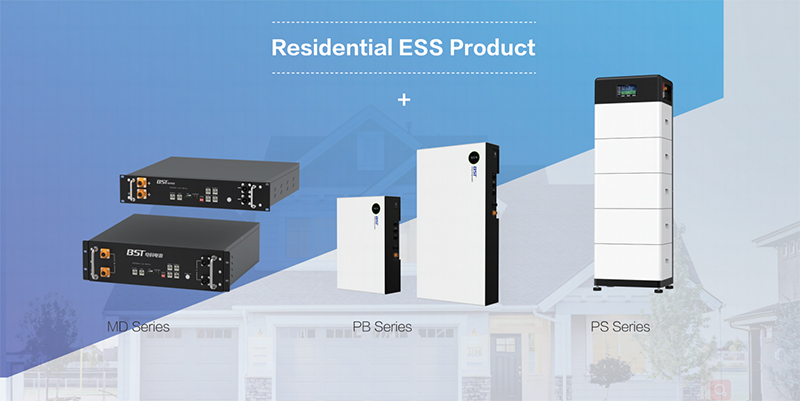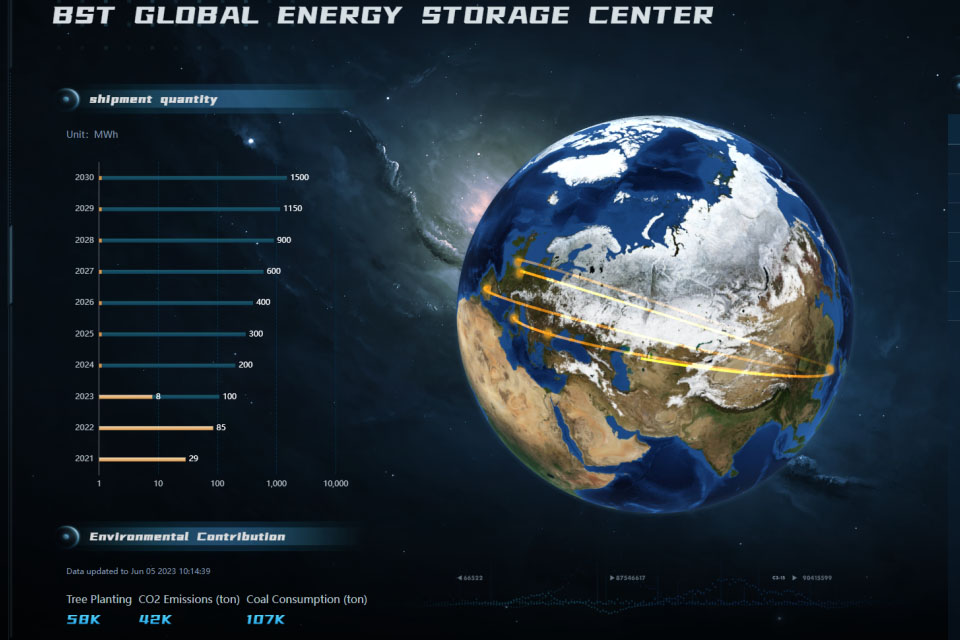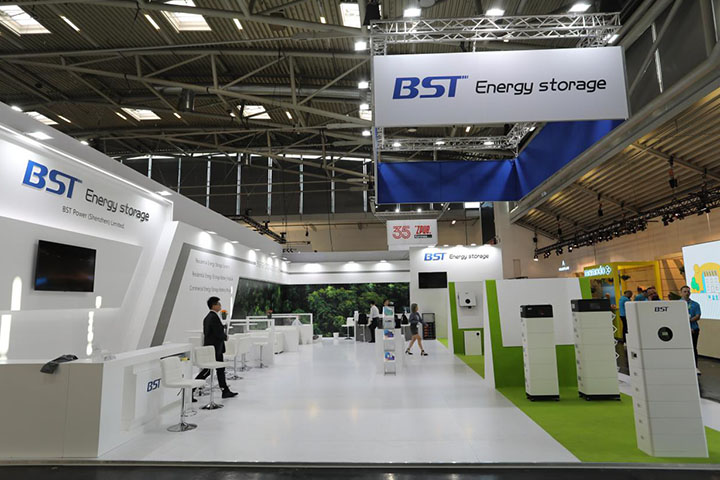In the expanding world of lithium-ion battery technologies, two chemistries stand out as dominant: LiFePO4 (Lithium Iron Phosphate) and NMC (Nickel Manganese Cobalt Oxide). These two battery types are found in everything from residential solar storage to electric vehicles and industrial power solutions.
Despite both being lithium-ion batteries, they differ significantly in chemical composition, performance, cost, lifespan, and safety. If you’re a system designer, procurement officer, or OEM decision-maker, understanding the differences between LiFePO4 and NMC batteries is essential for selecting the right battery for your application.

🔬 1. What Are LiFePO4 Batteries?
LiFePO4, also known as LFP, is a type of lithium-ion battery that uses iron phosphate (FePO₄) as the cathode material. It is widely known for its exceptional thermal stability, high safety profile, and long cycle life.
✅ Core Features:
- Nominal Voltage: 3.2V per cell
- Cycle Life: 2,000–6,000+ cycles (80% capacity retention)
- Energy Density: 90–160 Wh/kg
- Temperature Range: -20°C to 60°C (some models operate below -20°C)
- Chemistry: Environmentally friendly (no cobalt or nickel)
- Common Applications: Solar energy storage, backup power systems, RVs, marine systems, telecom towers
LiFePO4 batteries are typically larger and heavier, but extremely stable, making them ideal for stationary energy storage and harsh environments.
🔬 2. What Are NMC Batteries?
NMC, short for Nickel Manganese Cobalt Oxide, is a high-energy lithium-ion battery chemistry commonly used in electric vehicles (EVs) and consumer electronics. The proportions of the metals in the cathode can vary (e.g., NMC 622, NMC 811).
✅ Core Features:
- Nominal Voltage: 3.6–3.7V per cell
- Cycle Life: 1,000–2,000 cycles
- Energy Density: 150–250 Wh/kg
- Temperature Range: 0°C to 45°C
- Chemistry: Contains cobalt and nickel
- Common Applications: EVs, power tools, drones, electric bikes, mobile energy devices
NMC batteries offer greater power in a smaller, lighter package, but come with higher safety and cost concerns, especially if poorly managed.
📊 3. Side-by-Side Comparison Table
| Parameter | LiFePO4 (LFP) | NMC (Nickel Manganese Cobalt) |
|---|---|---|
| Energy Density | 90–160 Wh/kg | 150–250 Wh/kg |
| Cycle Life | 2,000–6,000+ cycles | 1,000–2,000 cycles |
| Voltage per Cell | 3.2V | 3.6–3.7V |
| Charging Speed | Moderate to Fast | Fast (with proper BMS) |
| Safety | Very high (thermal and chemical stability) | Moderate (risk of thermal runaway) |
| Weight | Heavier | Lighter |
| Cost (per kWh/cycle) | Lower | Higher |
| Temperature Tolerance | Excellent (-20°C to 60°C) | Limited (0°C to 45°C) |
| Toxic Metals | None | Contains cobalt and nickel |
| Applications | Stationary storage, telecom, RVs, UPS | EVs, portable tools, high-density systems |
⚙️ 4. Performance Comparison
🔋 Energy Density
NMC batteries have significantly higher energy density, meaning more energy per kilogram or per volume. This makes them more suitable for weight- and space-sensitive applications like electric vehicles and drones.
Winner: NMC
🔁 Cycle Life
LiFePO4 batteries can endure 2,000–6,000+ full charge-discharge cycles, depending on the quality and use. In comparison, NMC batteries typically offer 1,000–2,000 cycles. That makes LiFePO4 the better option for long-term energy storage with fewer replacements.
Winner: LiFePO4
🌡️ Thermal Stability and Safety
LFP batteries are inherently non-combustible and stable even when punctured, overheated, or overcharged. NMC batteries, while safe when protected with a BMS, are more prone to thermal runaway and fire risk in extreme conditions.
Winner: LiFePO4
💰 Cost Efficiency
Although NMC batteries may have a lower initial price per unit, their shorter cycle life and higher BMS requirements make them more expensive over time. LiFePO4, with a longer life, delivers a lower levelized cost of storage.
Winner: LiFePO4 (especially in long-term use)
📦 5. Use Case Scenarios
| Application | Recommended Battery Type | Why |
|---|---|---|
| Solar energy storage (home/industrial) | LiFePO4 | Long lifespan, deep discharge, thermal safety |
| Electric vehicles (EVs) | NMC | Lightweight, high energy density |
| Off-grid systems (RV, marine) | LiFePO4 | Rugged, safe, wide temperature tolerance |
| Power tools and e-bikes | NMC | Compact, powerful output |
| Backup power for telecom/UPS | LiFePO4 | Stable voltage, high reliability |
| Consumer electronics | NMC | High energy-to-weight ratio |
🔮 6. Future Outlook and Trends
✅ LiFePO4 Trends:
- Major automakers (like Tesla) are now shifting entry-level EV models to LFP due to safety and cost.
- Global rise in home solar storage systems using LiFePO4.
- Governments are encouraging cobalt-free chemistries due to ethical and environmental concerns.
✅ NMC Trends:
- Development of higher nickel-content NMCs (e.g., NMC 811) for improved density.
- Used heavily in premium EVs, where range and space are critical.
- Expected to dominate portable and lightweight applications for years to come.
✅ 7. Conclusion: Which Is Better—LiFePO4 or NMC?
There is no absolute “best” battery—the better choice depends on your priorities:
- Choose LiFePO4 if you need:
- Longer lifespan
- Maximum safety
- Better thermal performance
- Lower total cost of ownership
- Stable stationary or backup power
- Choose NMC if you need:
- High energy in a small/light package
- Space and weight optimization (e.g., EVs)
- Quick discharge or fast charge capability
Verdict:
- For energy storage, telecom, and off-grid systems, LiFePO4 is better.
- For compact, mobile, or EV applications, NMC is often preferred—but at a higher cost and with more safety concerns.
❓ 10 Detailed FAQs on LiFePO4 vs NMC Batteries
1. Can LiFePO4 batteries be used in EVs?
Yes, they are increasingly used in entry-level EVs, buses, and logistics vehicles due to their stability and cost-effectiveness, despite their lower energy density.
2. Are NMC batteries dangerous?
Not inherently, but they require proper thermal management and BMS protection to avoid overheating and potential thermal runaway.
3. Why are LiFePO4 batteries larger?
Because they store less energy per unit volume. However, their design life offsets the space requirement in stationary setups.
4. Can LiFePO4 batteries be fast-charged?
Yes, modern LiFePO4 batteries can support fast charging, though not always as fast as NMC under similar conditions.
5. Are NMC batteries affected by cold weather?
Yes, NMC performance drops significantly below 0°C. LiFePO4 batteries also degrade but tend to handle cold slightly better.
6. Which battery is more eco-friendly?
LiFePO4 is more sustainable—no toxic cobalt or nickel and a longer lifecycle.
7. What about recycling these batteries?
Both can be recycled, but LiFePO4 is simpler and cleaner to process due to its non-toxic materials.
8. Is there a voltage difference when using these batteries in series?
Yes. LiFePO4 has 3.2V per cell vs NMC’s 3.7V. System designs must account for this when sizing inverters or BMS.
9. Which battery handles deep discharge better?
LiFePO4 tolerates deep discharge without significant degradation, making it ideal for full daily cycling.
10. Are there any regulations affecting these chemistries?
Yes, some countries are pushing for cobalt-free batteries, which makes LiFePO4 more favorable for future regulatory compliance.
If you’re considering integrating lithium batteries into your project, understanding the trade-offs between LiFePO4 and NMC will help you optimize for cost, safety, performance, and longevity.



